 |
| A female MC named J-na was created by AI to host a news program on a TV channel in Jeju province (South Korea). |
AI is the reality of the newsroom
In the US, the event of the Washington Post using the Heliograf tool to automatically produce hundreds of news stories during the 2016 Rio Olympics and the US Presidential election of the same year marked a clear turning point: AI is no longer just a support but has officially participated in the "journalism profession".
Next, two big names, Bloomberg and Reuters, pioneered the application of AI in automatic news production. Bloomberg developed the Cyborg system, which allows the creation of thousands of financial news stories every day with very high accuracy. Cyborg not only analyzes data, but also synthesizes, writes and presents content according to journalistic standards. In 2023, the company continued to launch BloombergGPT, a specialized language model for financial data - to improve production quality and in-depth analysis. Meanwhile, Reuters applied Natural Language Generation (NLG) technology to automatically create flash news stories and financial reports; developed an AI system to support rapid video and photo analysis, serving the editing of "hot" news.
In Europe, the BBC (UK) and Axel Springer (Germany) - the media group that owns newspapers such as Bild and Die Welt - are not out of the game. The BBC has set up a new department to use AI to provide personalized content to users and process data and distribute content. Meanwhile, Bild - the best-selling newspaper in Europe - has replaced a series of positions such as editors, publishing editors, sub-editors, proofreaders and photo editors by 2023 with artificial intelligence (AI) technology to cut costs.
In South America, La Nación (Argentina) is at the forefront of applying AI to analyze government data for data journalism. Public journalism now combines the power of big data and smart algorithms - creating a development that is both deep and broad.
Virtual MCs are becoming more and more popular.
While print and online newspapers have seen AI replace some of the editing and writing work, television is going further by introducing virtual anchors to news bulletins. A typical example is China’s Xinhua News Agency, which has created virtual anchors since 2018. These virtual anchors can read news 24/7, speak multiple languages, display facial expressions using deepfake technology and voice synthesis, and have the ability to interact with audiences via digital platforms.
In Korea, MBN also introduced virtual MC Kim Joo Ha - a digital copy of a famous real host. This copy is not only identical in appearance but is also programmed to express expressions and presentation style suitable for real news. This technology has opened a new direction for interactive television and "human resource optimization" in the radio and television industry.
Another notable milestone in the history of world journalism was when Italy’s Il Foglio newspaper recently launched the first newspaper publication entirely produced by artificial intelligence (AI), from writing articles, creating headlines to selecting quotes. The articles were clearly structured, coherent and had no obvious grammatical errors. However, all news articles did not directly quote the opinions of any human.
 |
| The paper version of Il Foglio is made entirely by AI. |
Personalize content and change the way you reach readers
One of the most far-reaching impacts of AI on media is its ability to personalize content. Instead of providing general news to everyone, media companies like Netflix, Spotify, YouTube, and The New York Times are using AI to analyze user behavior and recommend content that is tailored to each individual’s interests.
Accordingly, BBC has used artificial intelligence to provide more personalized content to users, especially young people using smartphones and social networks like TikTok. The New York Times uses AI to personalize news. By searching data in real time and extracting information based on requested categories such as events, people, places, times, etc., the artificial intelligence system helps readers access information more easily and check relevant information in articles more quickly. Meanwhile, Meta (Facebook) and Google News are also actively deploying AI to analyze information trends on social networks to support news agencies in verification work.
AI brings unprecedented speed, efficiency, and scalability to the media industry. However, the wave of technology also comes with many challenges. Notably, the risk of copyright infringement, the fear of AI replacing humans, and the issue of journalism ethics. In fact, it can be affirmed that AI does not eliminate journalism, but it forces journalism to change faster than ever. In that context, the world's media giants are forced to invest, restructure, and at the same time maintain core values of authenticity, responsibility, and humanity.
Source: https://baothainguyen.vn/xa-hoi/202506/bao-chi-the-gioi-truoc-lan-song-ai-doi-moi-de-sinh-ton-61e18e3/





![[Photo] 60th Anniversary of the Founding of the Vietnam Association of Photographic Artists](/_next/image?url=https%3A%2F%2Fvphoto.vietnam.vn%2Fthumb%2F1200x675%2Fvietnam%2Fresource%2FIMAGE%2F2025%2F12%2F05%2F1764935864512_a1-bnd-0841-9740-jpg.webp&w=3840&q=75)

![[Photo] National Assembly Chairman Tran Thanh Man attends the VinFuture 2025 Award Ceremony](/_next/image?url=https%3A%2F%2Fvphoto.vietnam.vn%2Fthumb%2F1200x675%2Fvietnam%2Fresource%2FIMAGE%2F2025%2F12%2F05%2F1764951162416_2628509768338816493-6995-jpg.webp&w=3840&q=75)


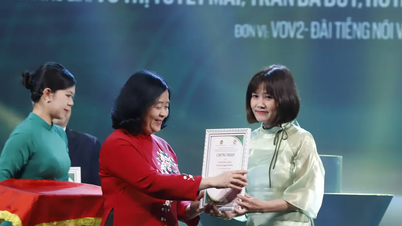

































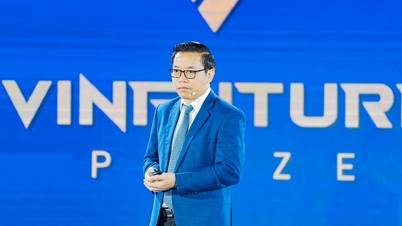

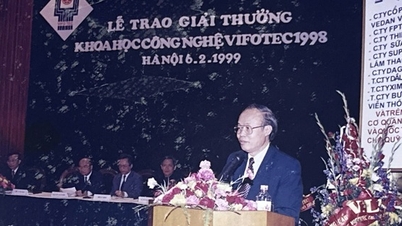























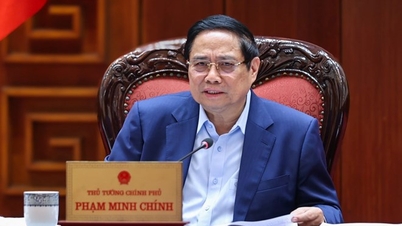
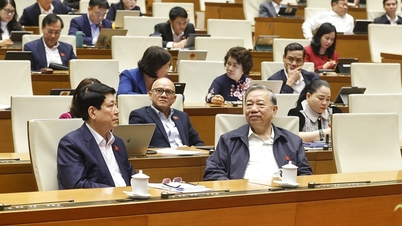
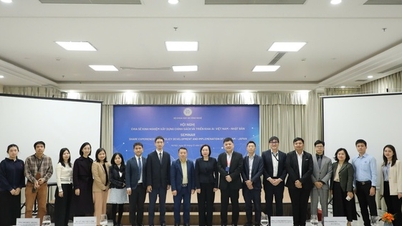


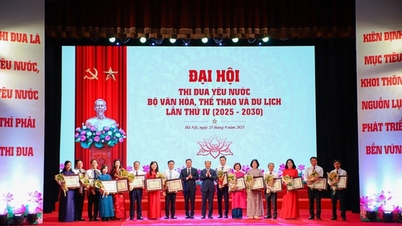

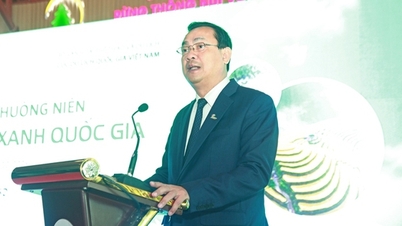
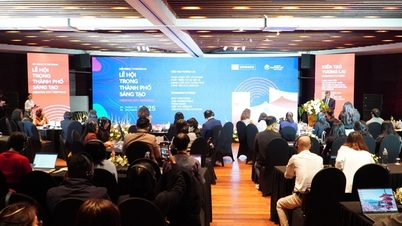




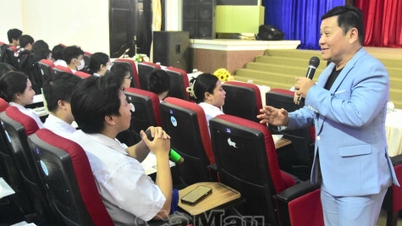





















Comment (0)